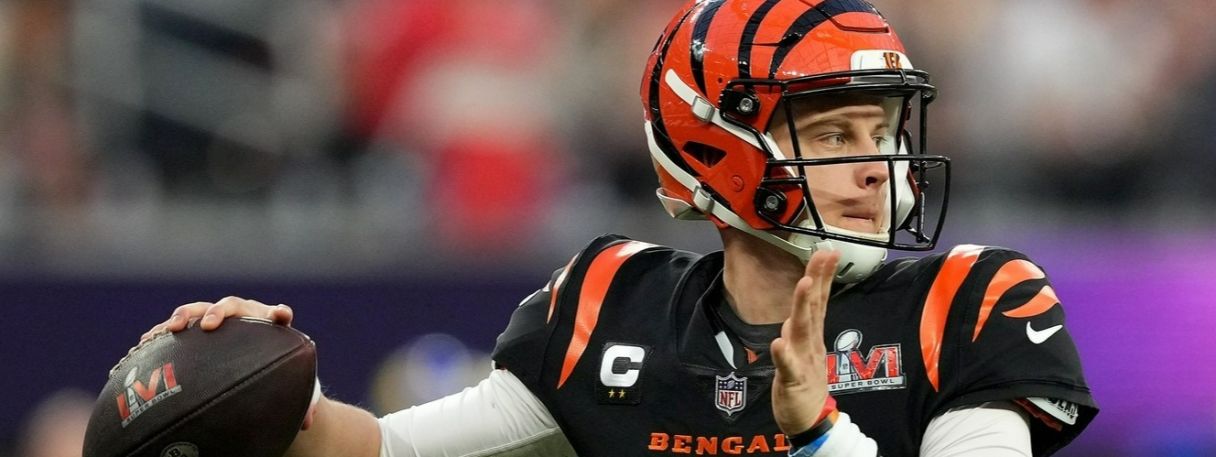
Moneyline betting is one of the most straightforward and popular forms of wagering on NFL games. Unlike point spread betting, where you must consider not only which team will win but also by how many points, moneyline betting focuses solely on the outcome. In this guide, we’ll explore the ins and outs of moneyline betting in the NFL and provide strategies for picking winners effectively.
Understanding Moneyline Odds
Before diving into moneyline betting strategies, it’s essential to grasp how moneyline odds work. Moneyline odds are expressed as either positive or negative numbers, indicating which team is the favorite and which is the underdog:
Negative Odds (-): Negative moneyline odds represent the favorite in the game. These odds tell you how much you need to bet to win $100. For example, if you see a moneyline of -150, you would need to wager $150 to win $100 if the favorite team wins.
Positive Odds (+): Positive moneyline odds represent the underdog. These odds indicate how much you can win on a $100 bet. For instance, if you see a moneyline of +200, a $100 bet on the underdog would yield $200 in winnings if they win.
In essence, negative odds show the amount you must bet to win $100, while positive odds show the potential profit from a $100 bet. It’s worth noting that moneyline odds can vary significantly depending on factors such as team strength, game location, and recent performance.
Moneyline Betting Strategies
Now that you understand moneyline odds, let’s explore strategies for making informed moneyline bets in the NFL:
1. Research Team Performance
Thorough research is crucial before placing moneyline bets. Evaluate both teams’ recent performance, including their win-loss records, offensive and defensive statistics, and injury reports. Consider factors such as winning streaks, recent wins against strong opponents, and any significant player absences. Click here for a quarterback rundown for each team.
2. Analyze Head-to-Head History
Review the head-to-head history between the two teams. Some teams have a history of performing well against specific opponents, even if they are the underdogs in the current matchup. Head-to-head statistics can provide valuable insights into team dynamics and historical trends.
3. Consider Home and Away Performance
Teams often perform differently when playing at home versus playing on the road. Home-field advantage can impact player morale, crowd support, and overall performance. Take into account how each team has fared in their respective home and away games.
4. Study Playing Styles
Examine the playing styles of both teams. Some teams have a strong passing offense, while others rely on a dominant defense or a strong running game. Analyze how these playing styles match up against each other and whether they favor one team over the other.
5. Evaluate Weather Conditions
Weather conditions can significantly affect gameplay, particularly for outdoor games. Check the weather forecast for the game location and consider how factors like rain, wind, or extreme cold may impact the teams’ performance, especially their passing and kicking abilities.
6. Monitor Line Movement
Moneyline odds can change as more bets are placed, reflecting shifts in public sentiment or new information about the game. Keep an eye on line movement and consider whether it supports or contradicts your betting strategy. Be aware that some sharp bettors look for value in line movement, so understanding why odds are changing is essential.
7. Assess Motivation and Context
Consider the broader context of the game, such as its significance within the season. Teams may be highly motivated for divisional rivalry games, playoff matchups, or games with playoff implications. Assess the level of motivation and its potential impact on the teams’ performance.
8. Manage Your Bankroll
Bankroll management is crucial in all forms of sports betting. Set a budget for your bets and avoid placing wagers that exceed your predefined limits. It’s wise to use a consistent unit size for your bets (e.g., 2% of your bankroll per bet) to minimize the risk of substantial losses.
9. Keep Records
Maintaining a record of your moneyline bets is essential for tracking your progress and analyzing your betting strategy. Record details such as the date of the bet, teams involved, odds, the amount wagered, and the outcome. This record can help you identify trends, strengths, and areas for improvement.
10. Bet Responsibly
Lastly, remember that sports betting should be done for entertainment, and there are no guaranteed outcomes. Avoid chasing losses by increasing your bet sizes or making impulsive bets. Stick to your strategy and make informed decisions based on research and analysis.
In conclusion, moneyline betting in the NFL offers a straightforward way to wager on game outcomes. By understanding moneyline odds, conducting thorough research, and applying strategic analysis, you can make informed bets and increase your chances of picking winners. However, always bet responsibly, manage your bankroll wisely, and enjoy the excitement of NFL betting as a form of entertainment.
Unleash the Action: Sign up for XFL Insider and Fuel Your Passion for Football!

USFL and XFL Merger: A Deep Dive into the Historic Collaboration
Latest Podcast
-


XFL Podcast
/ 1 year agoXFL-USFL Merger Insights: Houston’s Future, Draft News, Player Movement – Ep. 216
Welcome to Episode 216 of the “XFL Week In Review,” your premier destination for...
By Mark Perry







